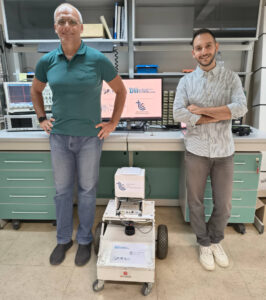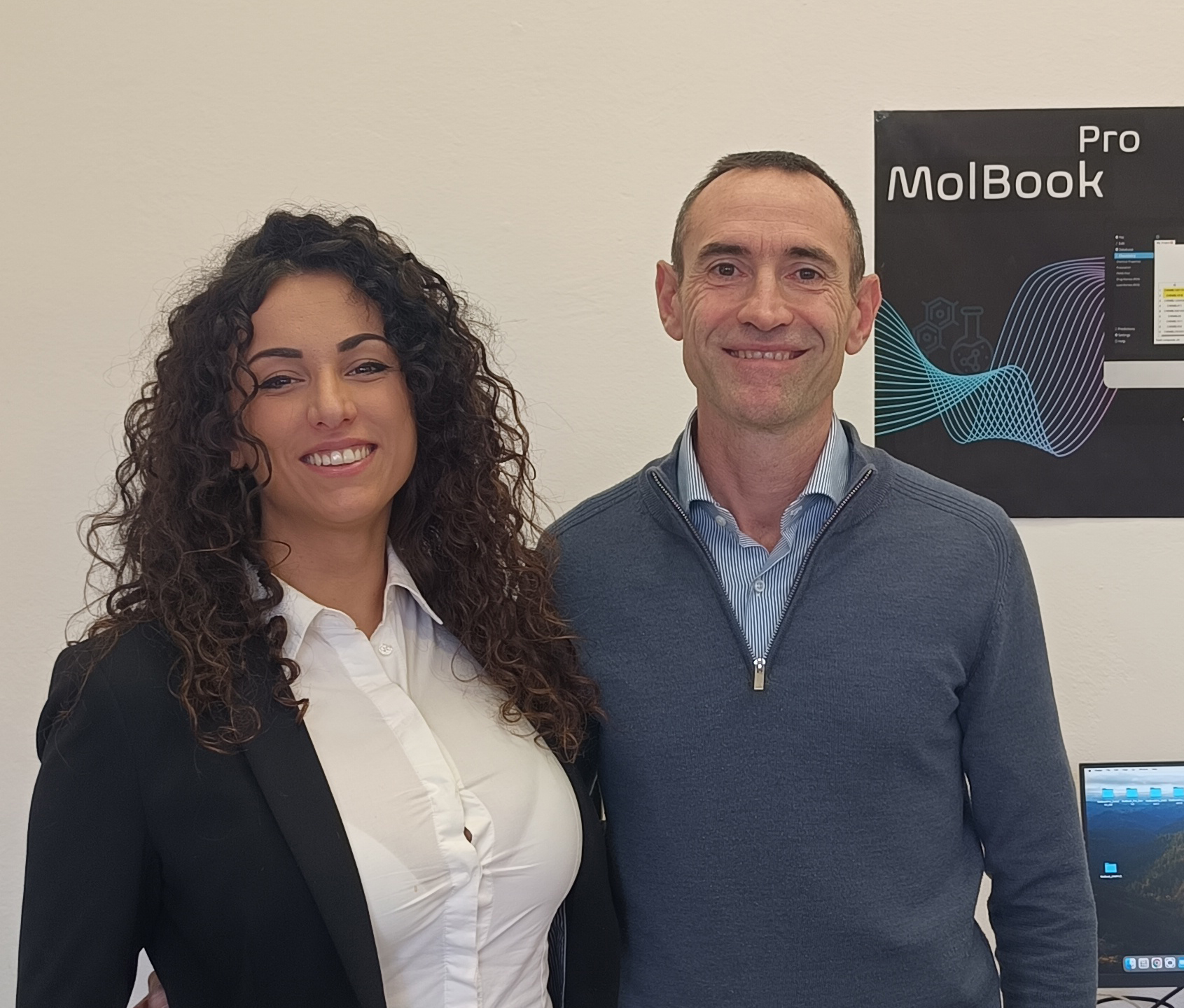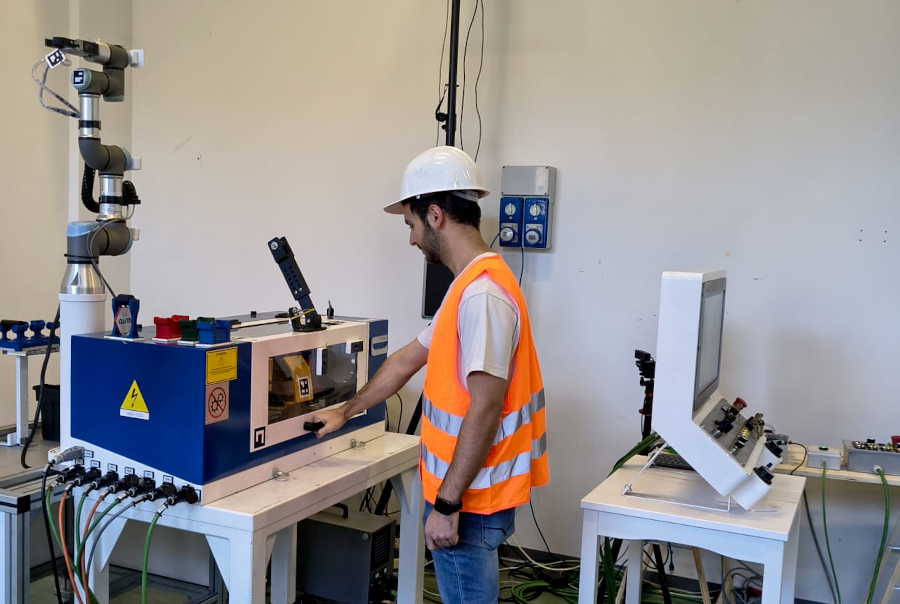It stands less than a metre tall, with a compact, lightweight design. Its name is AURORA, and it is the robot developed in the laboratories of the Department of Information Engineering at the University of Pisa—an innovation set to revolutionise warehouse management. Aurora can map its surroundings using laser technology to detect obstacles, and, by means of radio frequency signals transmitted by smart tags (RFID), it identifies the position of all present items and sends this information to a database, generating a constantly updated map of the warehouse and its inventory with each scan.
 “Aurora is, in fact, an advanced telecommunications system,” explains Andrea Motroni, researcher in telecommunications engineering at the University of Pisa, “which uses electromagnetic signals to identify and locate every object in the environment. It then transmits this data to a database, thus constructing a comprehensive map of a warehouse or large store. What’s more, the tags have no batteries, require no maintenance, are ultra-thin, and can be easily integrated into a variety of materials—from fabrics to paper.”
“Aurora is, in fact, an advanced telecommunications system,” explains Andrea Motroni, researcher in telecommunications engineering at the University of Pisa, “which uses electromagnetic signals to identify and locate every object in the environment. It then transmits this data to a database, thus constructing a comprehensive map of a warehouse or large store. What’s more, the tags have no batteries, require no maintenance, are ultra-thin, and can be easily integrated into a variety of materials—from fabrics to paper.”
The result is that industries, large retailers and e-commerce providers can monitor their stock levels in real time—even in highly sensitive sectors such as pharmaceutical supplies—and determine which products are selling most, and therefore need to be reordered more frequently, and which are harder to sell.
“Aurora is one of the technologies developed at the 5.0 Centre of the Department of Information Engineering,” says Giovanni Stea, Professor of Computer Engineering at the University of Pisa. “The Centre supports businesses and public institutions in adopting new technologies for Industry 5.0. Strengthening our country’s digital sovereignty and enhancing the resilience of the production system in a sustainable, human-centred way is what can enable us to keep our industrial system and our region modern and competitive.”



